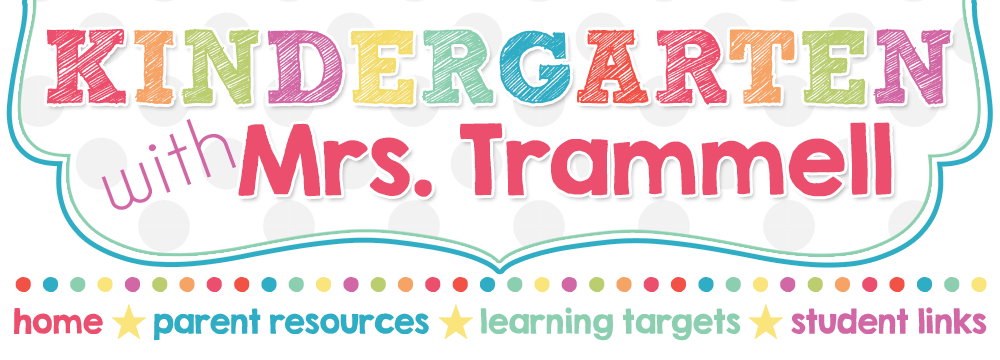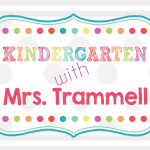One of our focuses in reading lately has been predicting what might happen in the text. When readers make predictions, they are focused on what is happening in the text. Readers are able to take what is happening in the book, add it to their background knowledge and make a prediction as to what happens next.
We've been talking about predictions that make sense, and boy have I been impressed! The class seems to get that making a prediction that actually might happen is key. We've been working on knowing that it's okay for predictions to be wrong--we just have to make sure we find out whether our predictions came true in the text.
Readers can make predictions using any book, and we make predictions on every book we've read. When reading all of the gingerbread man books, we were able to predict what might happen based on knowing the other stories we've read. These books were a few of our favorites in helping us learn to make predictions while we read:
Blueberries for Sal by Robert McCloskey is a great book to work on predictions while reading the text. If you are familiar with the story, you'll know that the actions of Sal and the Little Bear mirror each other, which makes it easier to make connections and predict what will happen next.
Wolf's Coming by Joe Kulka is another book where students can easily make predictions based on what they already know. It has a surprising ending which makes checking our predictions fun because then we can go back and look at the clues we might have missed.
Suddenly! by Colin McNaughton is just a fun book. We were able to make many correct predictions, especially when we noticed the author's style and pattern.
We will continue talking about making predictions all year. When reading at home, see what predictions your child can make and don't forget to see if he or she was correct. Happy reading!
Wednesday, December 16, 2015
Sunday, December 6, 2015
Comparing and Contrasting Two Stories
We're working retelling stories that we've read during our read aloud or shared reading time. After we've retold the story, we're able to compare the story to another story we've read. I've been impressed with how well this is going as a whole group! Yea!
One of the stories we read was Sofia and the Sunflower.
One of the stories we read was Sofia and the Sunflower.
It's about a girl who plants some magic seeds which turn out to be giant sunflowers. She decides to climb up the sunflower and finds a castle in the clouds. What does this story remind you of? That's right! Jack and the Beanstalk. We read that story next, and we were able to come up with many story elements that were the same or similar in the two texts. We made a thinking map to show our thinking:
Recently we read two gingerbread men stories: The Gingerbread Man retold by Jim Aylesworth and The Gingerbread Cowboy by Janet Squires. Here's our thinking map for those two tales:
Comparing books helps us develop as readers in many ways. First, we get to practice retelling a story with the characters, the setting, and the main events in order. Also, we get to practice making connections between stories. Making connections helps us remember what happened in the text and consider the text in new ways. Lastly, we as readers get to respond to the texts and discuss them with each other. It's always great when readers can see the book through another's point-of-view.
We'll be connecting between texts often in our class. When reading at home, ask your child if he or she can think of a book that is similar to the one you are currently reading. Discuss the similarities at home! Happy reading!
Subscribe to:
Posts (Atom)









